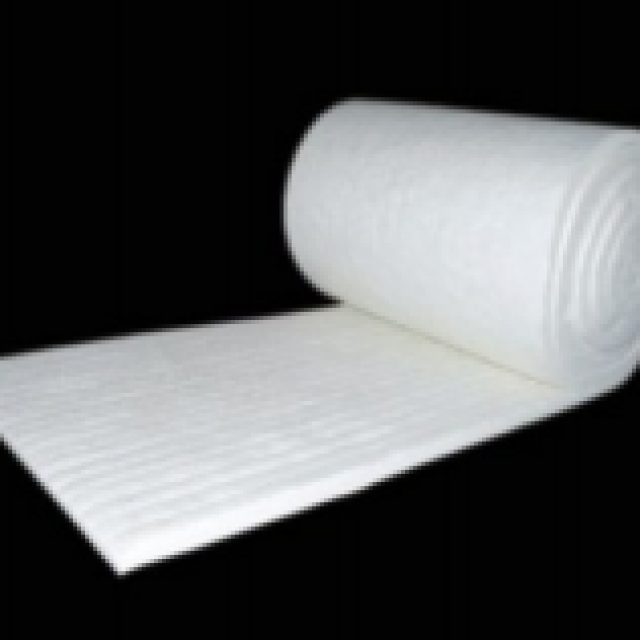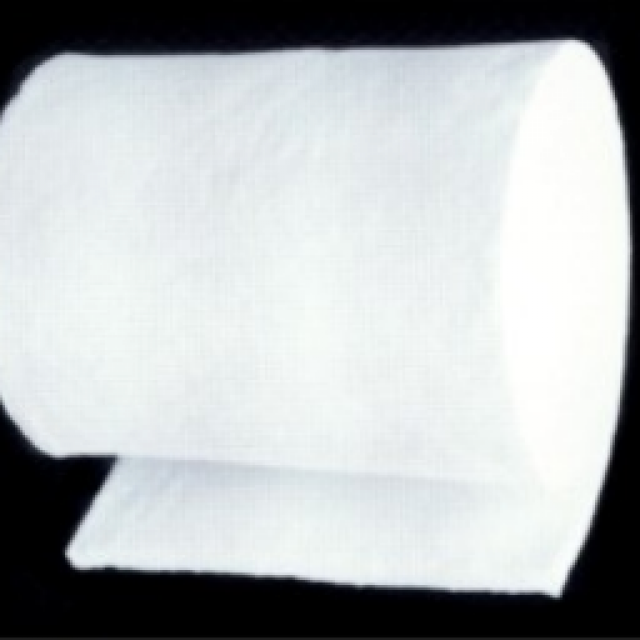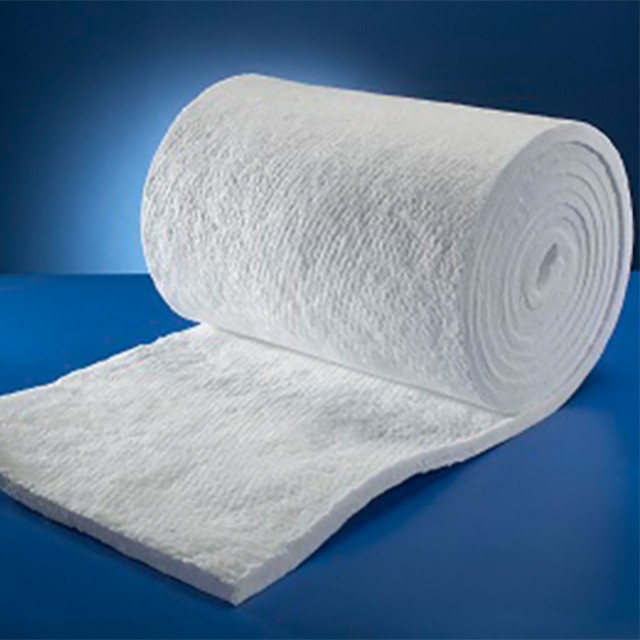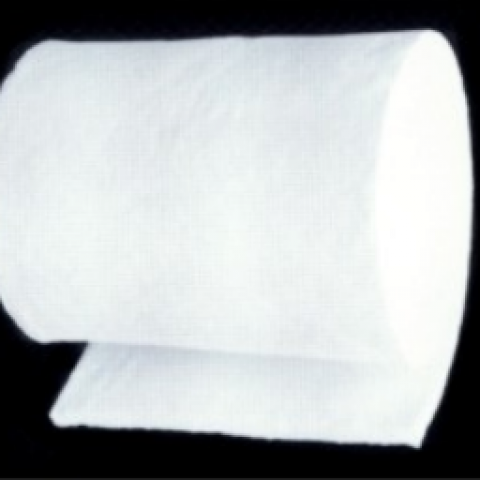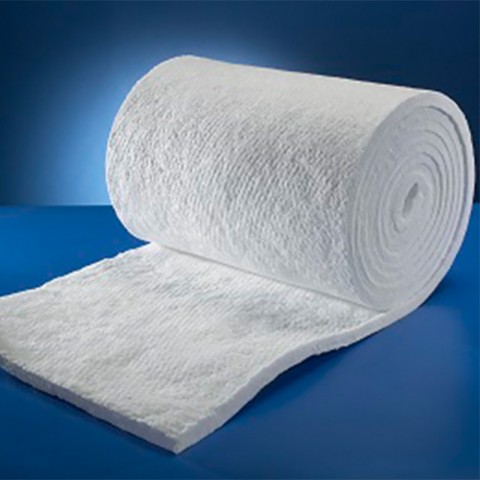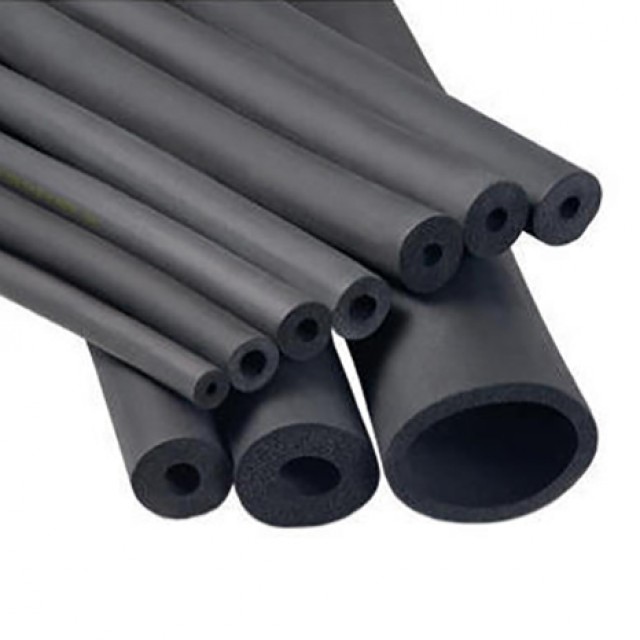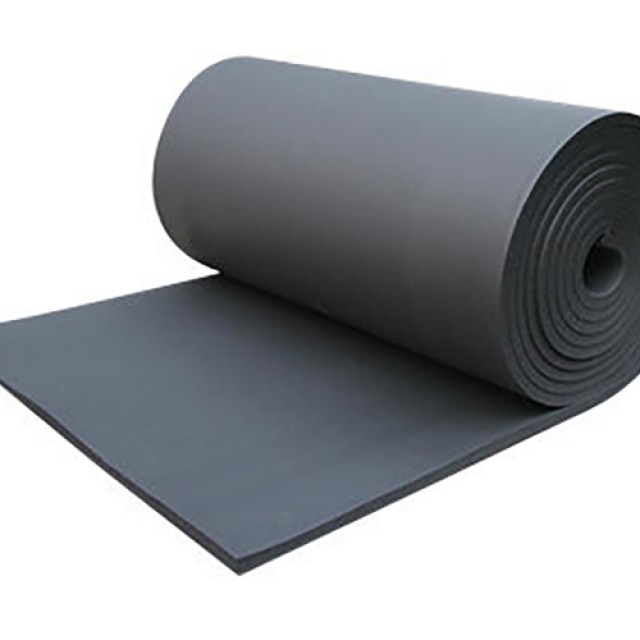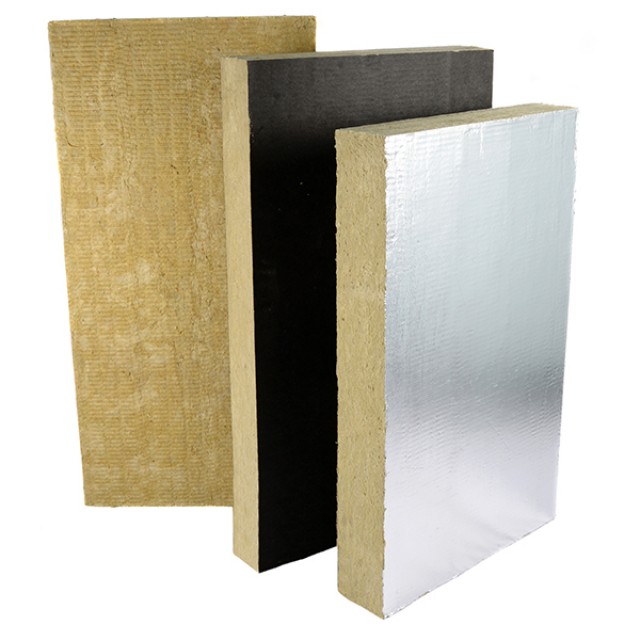1. Low thermal conductivity
2. Very low heat storage
3. Very high tensile strength
4. Thermal shock resistance
5. Sound absorption
6. Quick repairs.should lining damage occur,furnace can be cooled quickly
7. Contains no binder, no fumes or furnace atmosphere contamination
8. Contains no asbestos
9. No curing or dry out time,lining can be fired to operating temperature immediately
| Item | Common | Standard | H Pure | H Alumina | Zirconium |
| AL203(%) | 44 | 46 | 47-50 | 52-55 | 39-40 |
| Fe2O3(%) | 1.2 | 1.0 | 0.2 | 0.2 | 0.2 |
| ZrO2(%) | – | – | – | – | 15-19 |
| Classification Temperature (°C) | 1100 | 1260 | 1260 | 1360 | 1430 |
| Working Temperature (°C) | 1000 | 1050 | 1100 | 1200 | 1350 |
| Density (kg/m3) | 96/128 | 96/128 | 96/128 | 128/160 | 128/160 |
| Permanent linear shrinkage(%) (after24 hours, density 128kg/m3) |
-4
(1000°C) |
-3
(1000°C) |
-3
(1100°C) |
-3
(1250°C) |
-3
(1350°C) |
| Tensile strength (Mpa) density 128kg/m3) | 0.08-0.12 | 0.08-0.12 | 0.08-0.12 | 0.08-0.12 | 0.08-0.12 |
1. Kiln car insulation and seals
2. Continuous and batch kilns
Steel industry
1. Heat treating and annealing furnaces
2. Furnace door linings and seals
3. Soaking pit covers and seals
4. Furnace hot face repairs
5. Reheating furnace and ladle covers
1. Reformer and pyrolysis lining
2. Tube seals,gaskets and expansion joints
3. High temperature pipe,duct and turbine insulation
4. Crude oil heater linings
1. Boiler insulation
2. Boiler doors
3. Reusable turbine covers
4. Expansion seals/pipe coverings
1. Insulation of commercial dryers
and ovens
2. Veneer over existing refractory
3. Stress relieving insulation
4. Glass furnace crown protection
5. Fire protection




